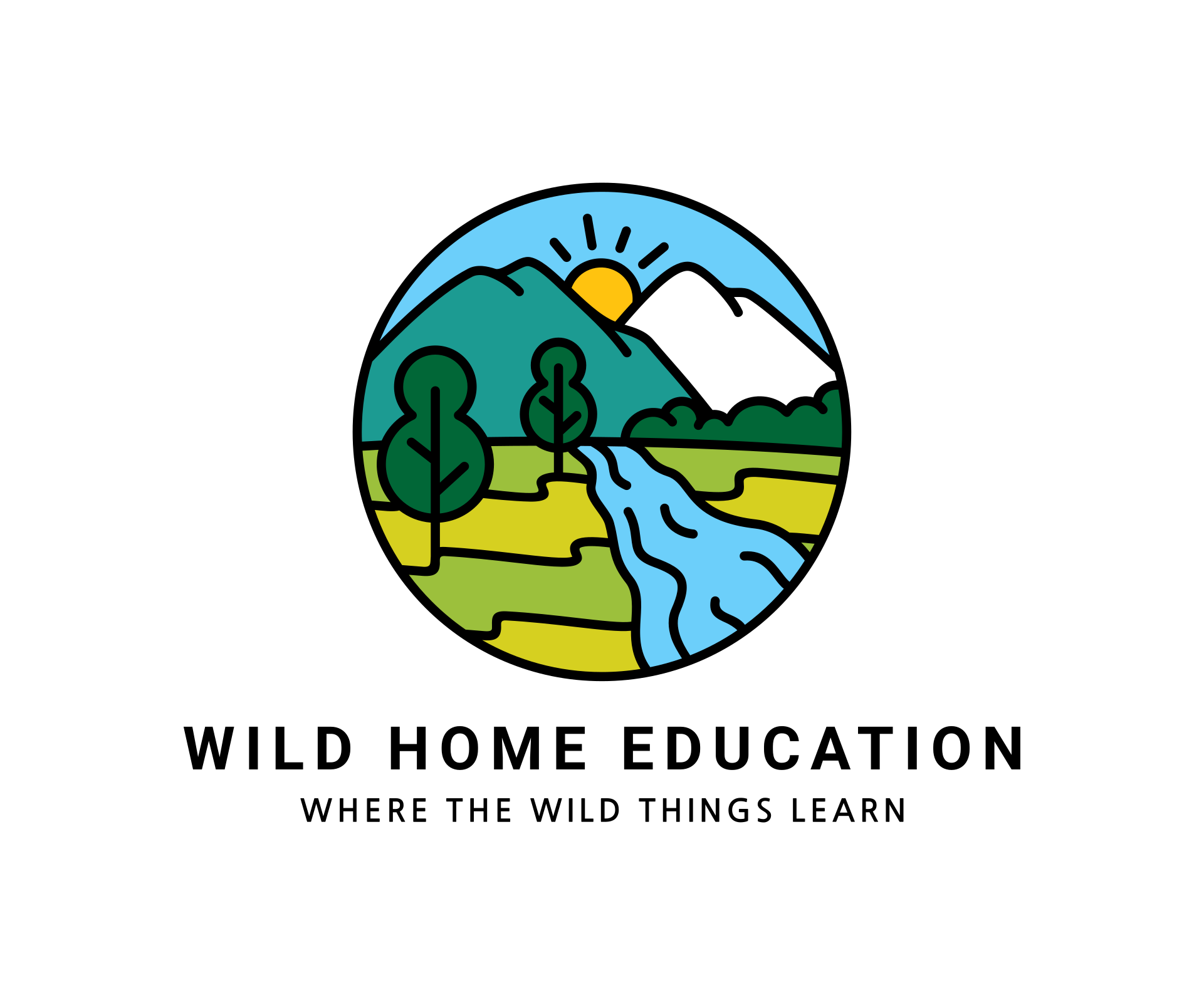Welcome back to our home outdoor education project where we continue to explore the fascinating world of natural plant dyes.
In our previous articles, we discussed the natural dyeing of our processed fabric, and now, we will delve into the final part- the sewing process.
We opted for a pattern we had in a book (which we altered/tweaked as we went). However you can find many wonderful designs online.
Or if you feel extra crafty, you can design your own!

Now that our fabric has undergone the natural dyeing process, we have produced some wonderful colours from the birch and nettles (which make a wonderfully understated and subtle contrast.
We are extremely happy with the muted tones we produced – especially for it being so late in the season. Spring is not quite here and the cold affects the pigments in the remaining winter foliage.

Before we can begin, we need to prepare the fabric by ironing it.
Ironing is an essential step in sewing because it smooths out wrinkles, ensuring that the fabric lays flat, and makes it easier to cut and sew accurately.

Once the fabric has been ironed, we can move on to measuring and cutting the pieces for our apron. We measure 20 cm into the width and length, marking a curve through the fabric to create the shape at the top.

Next, we measure 1cm around the sides of the large rectangles and use the iron to fold and press the start of a hem.
We then fold it over again, creating a double hem with a width of 1 cm, repeating this step for all sizes (I ironed the hems for all sides throughout this project before sewing).

For our smallest daughter’s apron (which is about half the size) we measured it accordingly but kept the hem the same at 1 cm doubled over.

We start by completing the lengths to finish the hems before moving on to the curved parts of the fabric, making the process much simpler.
We use natural cotton thread and a sewing machine to run along the hems- completing this step, and finishing the apron body off before adding on the ‘extra’ parts.

In the next stage we process the straps and pockets.
Using the curved shapes that we cut earlier from our main apron fabric, we begin pressing and hemming the ‘pockets’,

We also double over the hem for these. I changed the original design slightly by opting for double pockets. I cut extra (smaller) rectangles (X2) for each apron. I then hemmed and positioned them on the apron- affixing the curved pockets on top- creating a double pocket design.

Finally, we repeat this step for the straps, which we need for the neck and back ties of the apron (X3 in total for each apron). After pressing and hemming the straps, we use the sewing machine to run along the edges of the hems, completing the final assembly of our naturally dyed calico aprons.

We repeated the whole process three times, and now have three finished pieces!
Now that we have completed our project, we are considering waxing the fabric to make it suitable for harsher activities like bushcraft and gardening.
However, before we can begin, we will need to research and consider the appropriate wax and application method to ensure the fabric maintains its natural beauty and durability.
We also opted for a running stitch design on the aprons.
Using a waxed leather thread, I used a running stitch to make a lined design on all of the aprons to add a bit of interest, and to add to the overall ‘rustic’ aesthetic.

Overall, our natural dye project has been a success, and we are excited to plan the next one.
We look forward to exploring more vibrant hues in the upcoming spring season and hope that our project has inspired others to delve into their own research on this topic







Leave a comment